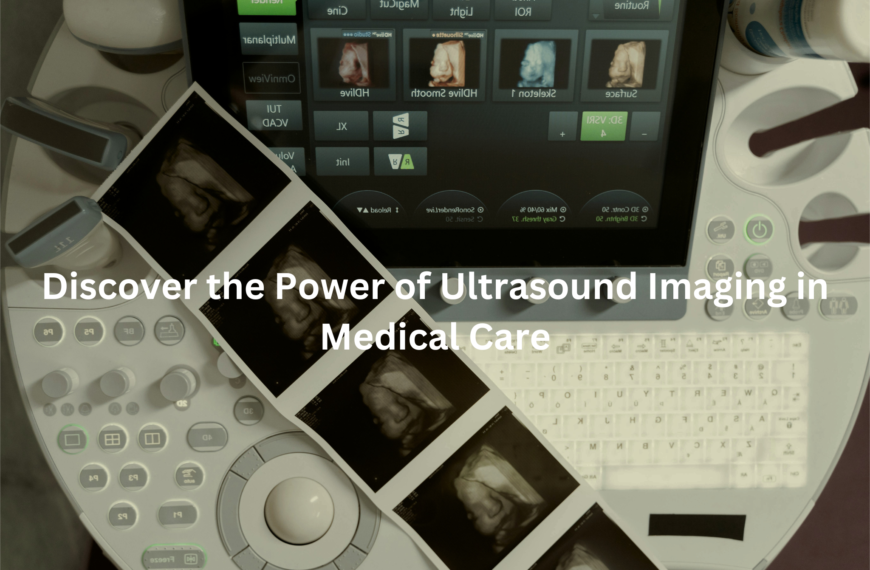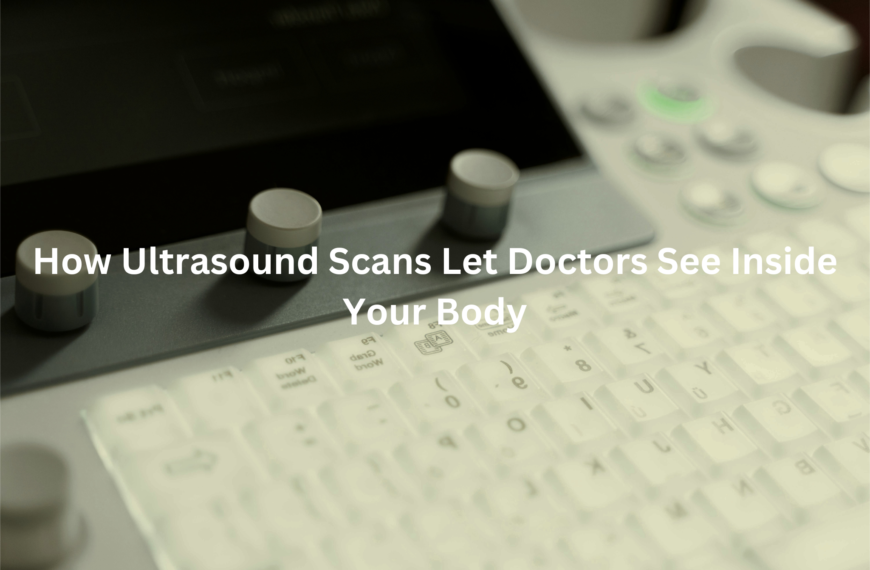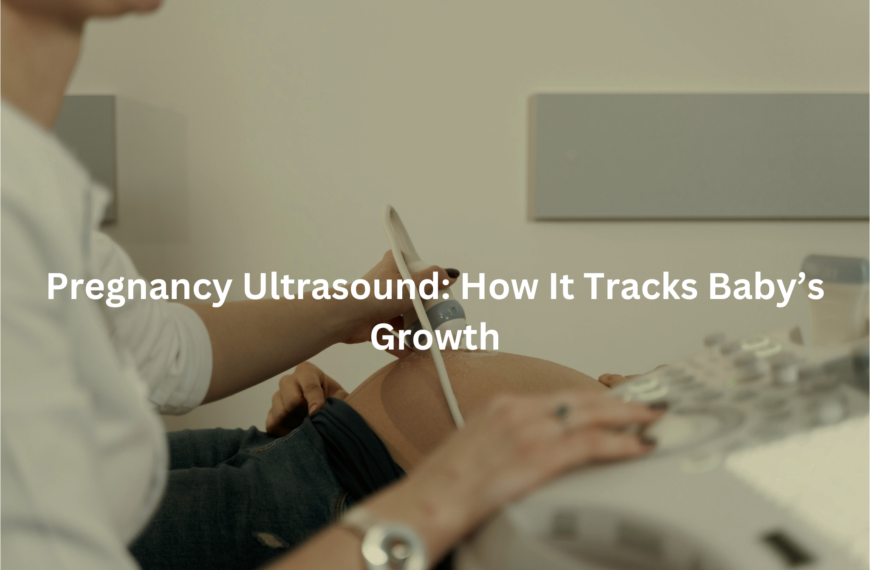Learn how mammograms use low-dose radiation to safely detect breast cancer early, improving treatment outcomes.
Mammograms are a key tool in detecting breast cancer early, using low-dose X-rays to capture detailed images of breast tissue. This helps identify any abnormalities before symptoms develop. While some may worry about radiation exposure, strict safety standards ensure mammograms remain a safe and effective screening method.
Key Takeaways
- Mammograms use minimal radiation and follow strict Australian safety guidelines.
- Early detection improves survival rates, making routine screening essential.
- False positives and false negatives can happen, but further tests help confirm results.
What is a Mammogram and Why It’s Important
A mammogram is a specialised X-ray that helps detect breast cancer early, often before any noticeable symptoms appear. Using low-dose radiation, it creates detailed images of breast tissue, allowing doctors to identify even the smallest abnormalities.
Catching cancer early makes treatment more effective and can mean less invasive options with better outcomes.
Breast cancer doesn’t always cause obvious signs at first. Many women feel perfectly fine, but a mammogram can reveal changes that might otherwise go unnoticed. That’s why regular screening is so important—it can make all the difference. (1)
Why mammograms are essential:
- Detects breast cancer before symptoms develop.
- Uses a minimal amount of radiation, ensuring safety.
- Increases treatment success rates and reduces the need for aggressive therapies.
- Recommended for women aged 40 and over, with guidelines varying based on individual risk factors.
Mammogram Safety: Radiation Exposure & Risks
Mammograms use a very low dose of radiation, carefully controlled to keep exposure at a safe level while providing clear images of the breast. In Australia, strict quality assurance programs like BreastScreen Australia and the Mammography Quality Assurance Program (MQAP) oversee the process, ensuring safety and accuracy.
Some people worry about radiation exposure, but there’s no proven link between mammograms and an increased risk of cancer. The radiation dose is minimal—far less than what we’re exposed to daily from natural sources.
More importantly, the benefits of early detection far outweigh any potential risks. Finding breast cancer early can make treatment more effective and improve survival rates.
Key safety points:
- Mammograms use low-dose X-rays to minimise radiation exposure.
- National quality assurance programs regulate safety and imaging standards.
- Early detection through mammograms greatly improves treatment success.
Common Risks: False Positives & False Negatives
False Positives
A false positive happens when a mammogram suggests cancer that isn’t actually there. This can lead to anxiety, extra tests, and sometimes a biopsy. While frustrating, these follow-ups are important for accuracy and peace of mind.
To manage this:
- Stay informed about the possibility of false positives.
- Follow through with recommended tests.
- Talk to your doctor about any concerns.
False Negatives
A false negative occurs when a mammogram fails to detect an existing cancer, which can delay diagnosis and treatment. Dense breast tissue is a common factor that makes abnormalities harder to spot.
To reduce this risk:
- Attend regular screenings as recommended.
- Discuss your breast density with your doctor.
- Consider additional imaging if needed.
Who Should Get a Mammogram?
Credits: Australian Department of Health and Aged Care
Mammogram recommendations depend on age and risk factors. In Australia:
- Women aged 50 to 74 are encouraged to have free mammograms every two years through BreastScreen Australia.
- Women 40 to 49 can also access free screenings but should discuss personal risk factors with their doctor.
- Those with a family history of breast cancer, genetic mutations (such as BRCA1/BRCA2), or dense breasts may need earlier and more frequent screenings.
- Men can also develop breast cancer, though it’s rare. Screening may be recommended for men with a strong family history of breast cancer. (2)
Alternative & Additional Screening Options
Mammograms are the gold standard for breast cancer screening, but additional tests may be needed in some cases.
- 3D Mammograms (Tomosynthesis): Offers better accuracy, particularly for women with dense breast tissue.
- Breast Ultrasound: Used when mammogram results are unclear or for younger women with dense breasts.
- Breast MRI: Recommended for high-risk individuals as an additional screening tool.
- Biopsy: If a mammogram detects an abnormality, a biopsy may be performed to confirm whether it’s cancerous.
Preparing for a Mammogram: What to Expect
Understanding the procedure helps reduce anxiety. Here’s what happens:
- You’ll stand in front of a special X-ray machine.
- Each breast is placed on a plate and gently compressed to spread out the tissue.
- The technician takes images from multiple angles.
- The process takes about 20 minutes.
Tips to Reduce Discomfort:
- Schedule wisely: Avoid booking your mammogram just before your period when breasts may be more sensitive.
- Skip deodorant and lotions: These can interfere with the X-ray images.
- Communicate: Let the technician know if you feel discomfort.
Results are usually available within a few weeks. If further testing is needed, your doctor will discuss the next steps.
Addressing Myths & Misconceptions
There’s a lot of misinformation about mammograms. Let’s clear up some common myths:
- Myth: Mammograms cause breast cancer.
- The radiation exposure is minimal, and the benefits of early detection far outweigh any risks.
- Myth: Talcum powder causes breast cancer.
- No strong scientific evidence supports this claim.
- Myth: Breast implants make mammograms impossible.
- Special imaging techniques can be used to screen women with implants effectively.
Finding Trusted Breast Screening Services in Australia
If you’re due for a mammogram, finding a reputable provider is important.
National Breast Screening Program
- BreastScreen Australia provides free mammograms for eligible women aged 40 and over.
- Services are available in every state and territory, including BreastScreen WA, BreastScreen NSW, and BreastScreen Victoria.
Public vs. Private Screening
- Public screening programs (like BreastScreen Australia) are free for eligible women and follow national quality standards.
- Private imaging clinics may offer quicker appointments and advanced imaging options like 3D mammograms, but fees apply.
How to Book a Mammogram
- Visit the BreastScreen Australia website to find your nearest clinic.
- Speak to your GP if you need additional screening options.
Conclusion
Mammograms play a vital role in detecting breast cancer early, giving people a better chance at successful treatment. While no test is flawless, they remain the most effective way to catch cancer in its earliest stages, often before any symptoms appear.
If you’re eligible for screening, don’t put it off—booking an appointment could make all the difference. If you’re unsure about your personal risk, speaking with your doctor can help determine the best approach for you.
FAQ
What is a mammogram, and how does it help find breast cancer?
A mammogram is a screening test that uses low dose X-rays to examine breast tissue. It can detect early signs of breast cancer, even before symptoms appear. Early detection saves lives by allowing for timely cancer care and treatment.
Who should have a mammogram?
Mammograms are recommended for women aged 40 and over, depending on their risk factors. Those with a family history of breast cancer or dense breasts may have an increased risk and should discuss screening options with their doctor.
Are mammograms safe?
Yes, mammograms use a small amount of radiation, and the radiation dose is carefully controlled. Breast imaging facilities follow strict safety guidelines to ensure patient protection. The benefits of early detection outweigh the minimal side effects of the procedure.
What if I have breast implants?
Women with breast implants can still have mammograms. Special imaging tests, such as 3D mammography, may be used to get clearer pictures of the breast tissue. If you have implants, let your technician know before the screening.
What is the difference between 2D and 3D mammograms?
3D mammograms provide a more detailed view of the breast tissue compared to standard mammograms. They are especially useful for detecting breast cancers in women with dense breasts and can reduce false positive results.
Can men get breast cancer?
Yes, male breast cancer is rare but can occur. Men with risk factors such as a strong family history of breast disease should be aware of any breast changes and find a doctor if they notice symptoms like a breast lump or breast pain.
What happens if my mammogram shows an abnormal area?
An abnormal area on a mammogram does not always mean cancer. Further tests, such as a breast biopsy or fine needle aspiration, may be needed to diagnose breast cancer accurately.
Are there alternatives to mammograms?
For some individuals, breast MRI or other breast imaging techniques may be recommended, especially for those at higher risk. However, mammograms remain the most effective screening tool for early detection in women at average risk.
Can a mammogram miss cancer?
Yes, false negative results can happen, especially in women with dense breasts. This is why regular screenings, breast health awareness, and clinical breast exams are important for ongoing cancer screening.
What if my mammogram shows something suspicious, but it’s not cancer?
A false positive occurs when a mammogram detects an abnormal area that turns out to be non-cancerous. While this can be stressful, follow-up tests help ensure an accurate diagnosis and proper health care management.
References
- https://www.cancer.org.au/cancer-information/causes-and-prevention/early-detection-and-screening/early-detection-of-breast-cancer
- https://www.cancer.nsw.gov.au/prevention-and-screening/screening-and-early-detection/breast-cancer-screening/why-breast-screening-is-important




